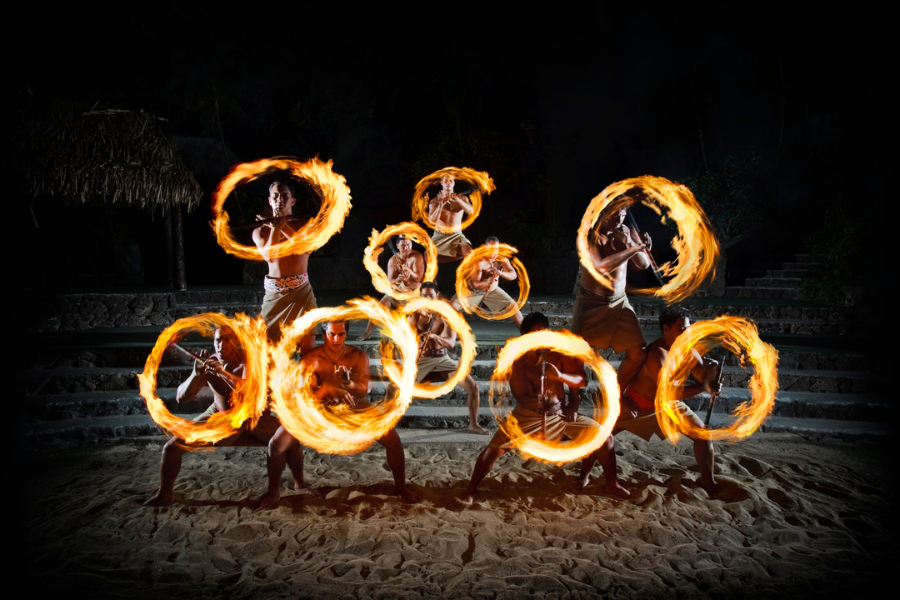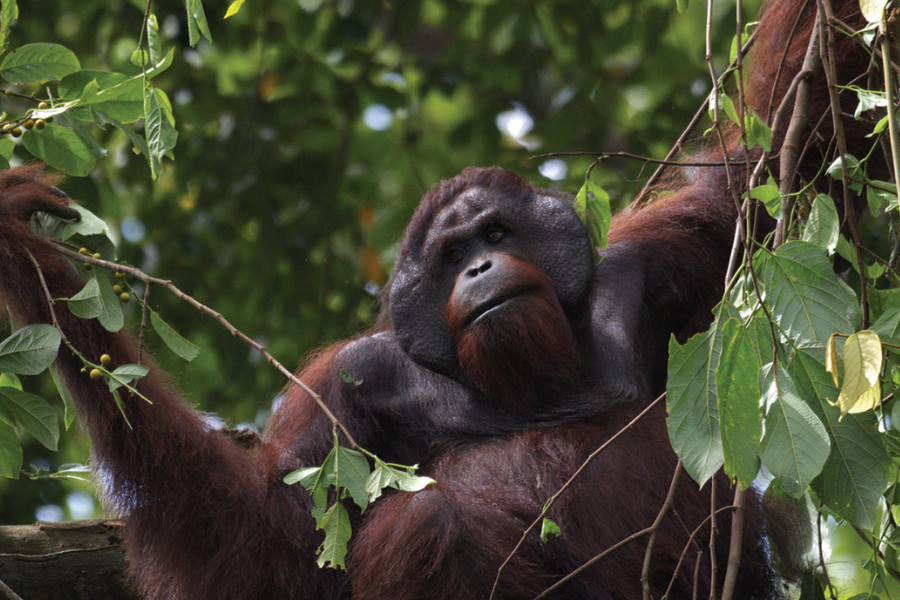Puerto Rico The Island of Enchantment

Recent news stories about Puerto Rico have focused on political turmoil leading to mass protests and obstacles to recovering from Hurricane Maria, the Category 5 storm that devastated the island in 2017, but I wondered if there is a different story.
Is the tourist hotspot known as the “Island of Enchantment” still enchanting despite its troubles? It took only one day in this U.S. Territory for me to decide the answer is yes, yes, yes! Not only does it offer infinite sunshine and pristine beaches, but an exuberant culture of music and dancing punctuated by delicious food.
Old San Juan Walk & Taste Tour
While nibbling a pork taco at Tacos & Tequila, one of several restaurants at the five-star Condado Vanderbilt Hotel in San Juan, it dawned on me that my familiarity with Caribbean flavors does not extend to Puerto Rico. Why wasn’t Puerto Rican food as seafood-centric as other Caribbean fare? And where was the spice?
The conundrum inspired me to dive deeper into this distinctive cuisine, so I joined the Old San Juan Walk & Taste Tour, a flavorful three-hour journey that highlights the vibrant capital’s Spanish, African and Taino culinary influences.I met my fellow food enthusiasts at Plaza de Armas, a Spanish colonial-era town square with a central fountain surrounded by marble statues.
We strolled along the cobblestone streets until arriving at Deaverdura, a neighborhood restaurant where you don’t have to speak Spanish to pick up on the laid-back, jovial vibe. We tucked into arroz con habichuelas. The rice, beans, roasted pork and fried plantains was the history of Puerto Rico on a plate.
Spanish colonizers brought pigs to the island in the 16th century, and Puerto Ricans have been eating high on the hog ever since.
Despite Puerto Rico’s proximity to the ocean, pork is more affordable than seafood, largely due to the complicated economics of importing and exporting food here.
The Spanish also introduced rice, but it was West African slaves toiling on sugar plantations that knew how to cultivate it. Africans also ushered in a new cooking method, deep-frying, and deep-fried plantains remain a staple of the Puerto Rican diet.
Beans were commonly eaten by the Taino, an Indigenous Caribbean people. I scooped up a spoonful and savored the tangy zip that comes from sofrito, an aromatic blend of onions, cubanelle peppers, garlic and cilantro that add a burst of flavor, but not heat.
“People have the misconception that our cuisine is spicy,” said tour guide Yaliris Aviles, “but Puerto Rican food is more savory due to the melting pot of cultures that the island was at one point.”At the next stop, Chocobar Cortes, everyone raised a chocolate-rimmed martini glass to this chocolate lovers’ paradise where every dish on the menu incorporates chocolate.
Salud! (Cheers!)
Made with Bailey’s Irish Cream, local Don Q rum, and, of course, chocolate, the chocotini is a boozy expression of Caribbean-grown cacao, the bean from which all chocolate treats are derived.
Between sips, we munched on crunchy turkey chalupas. Chocobar gave this Mexican snack a Puerto Rican flair by adding mofongo, a concoction of mashed fried plantains that’s one of the country’s most iconic foods.
An image of La Borinqueña, the first Afro-Puerto Rican superhero, seemed to fly toward the chocolate case, and I wondered if she gets her superpowers from chocolate the way Popeye gets his strength from spinach. A comic strip featuring the Latina heroine is inside a series of special edition hot chocolate bars.
Back on the street, we admired Old San Juan landmarks, including the Cathedral of San Juan Bautista that contains the tomb of Ponce de Leon, the first governor of Puerto Rico, and the bright yellow Hotel El Convento, a former 17th-century convent.
In many ways, this food tour is also an architectural tour, because it’s impossible to get from one eatery to the next without taking in the rainbow of dramatic Gothic, Renaissance and Baroque gems that sprung up here over the last 500 years.
History
My appetite for delicious Puerto Rican fare was sated, but the tour only increased my hunger for more knowledge about Old San Juan’s history, so the next day I set off for San Juan National Historic Site. It’s home to Castillo San Felipe del Morro, better known as El Morro, the imposing, 16th-century citadel at the entrance of San Juan Bay, and sister fort Castillo San Cristóbal.At the top of El Morro, three flags representing separate chapters in the Commonwealth’s history flapped loudly in the wind like tethered birds trying to take flight.
The Cross of Burgundy represents the Spanish empire that built the stronghold to protect the harbor, a gateway to Carib-bean riches.
The American flag was raised in 1898 when Spain ceded the colony to the United States at the end of the Spanish-American War, and the flag of Puerto Rico stands as a symbol of national pride.
A self-guided audio tour of the six-lev-el fort, part of a UNESCO World Heritage Site, leads up to the striking turrets and towers that overlook the Atlantic Ocean, then through a labyrinth of mysterious passages and tunnels below.
Kite-flying on the verdant El Morro esplanade is a popular activity for locals. It’s hard to believe this picturesque spot was once a bloody battlefield, but during the 1625 Battle of San Juan, a two-month siege by the Dutch during the Eighty Year’s War, hundreds of soldiers on both sides died here.
The Dutch were unsuccessful in capturing San Juan, but the conflict highlighted the island’s vulnerability to land attacks and led to the construction of nearby Castillo San Cristóbal in 1634, one of the largest fortifications built by Spain in the New World. A marvel of 18th-century military engineering, it has a deep dry moat that provided a barrier from enemy fire and a series of tunnels that allowed defenders to surprise the enemy before they reached the city gate.
Nightlife
The tropical sun shines down on San Juan all day, but the city really sizzles after dark. That’s when flip flops are traded for dancing shoes. Dance is deeply-rooted in Puerto Rican culture, and it can be intimidating for visitors to get out on the dance floor in a city where the average local seems capable of bringing home that Mirrorball trophy on “Dancing with the Stars.”
But the unmarked door to La Factoria, consistently rated as one of the World’s 50 Best Bars, is a portal to a fun-loving, non-judgmental crowd, so cut loose and enjoy.
This club is a maze of dimly-lit spaces, and each has a different mood. You may think you’ve seen it all, then on your way to the restroom, you come across Shing A’ Ling, the innermost bar where couples perform a sultry salsa to a joyful rhythm. If you’re lucky, a local might just lead you to the floor and show you how it’s done.
When it comes to drinks, go old school with the house sangria, or take a walk on the wild side with a passion fruit martini.
As my time in Old San Juan ended, I realized how much I had come to admire the spirit of the Puerto Rican people. Despite recent hardships, these resilient islanders still find pleasure in a simple meal with friends and salsa dancing on a Saturday night – and they hope visitors will do the same.
IF YOU GO
More on the Condado Vanderbilt:
The 319-room Condado Vanderbilt is a five-star oceanfront hotel in the hip Condado neighborhood, but it has a luxurious, Old-World vibe. It’s just steps from the beach and about a 10-minute drive from Old San Juan.
Take a dip in one of four pools or relax in the world-class spa.
If you’re celebrating a special occasion, dine at 1919 Restaurant, a palace of fine dining named for the year the hotel was built. Michelin star-winning chef Juan Jose Cuevas serves innovative international cuisine with a focus on local ingredients. The menu might feature gnocchetti pasta with pork ragu or swordfish with local eggplant and chickpeas. Choosing from more than 200 wines can be overwhelming, so allow the sommelier to assist with pairings.
Those who appreciate an after-dinner cigar settle in at the elegant Avo Lounge for a smoke and a nightcap.
Old San Juan Walk & Taste Tour.
www.thespoonexperience.com
San Juan National Historic Site.
Includes El Morro and Castillo San Cristóbal. A combination pass buys entry to both.
www.nps.gov/saju/index.htm
Discover Puerto Rico.
www.discoverpuertorico.com
No passport is needed for U.S. citizens to travel to Puerto Rico, but proof of a Covid-19 vaccination is required. Masks must be worn in closed spaces.
Check out www.discoverpuertorico.com for the latest travel updates





